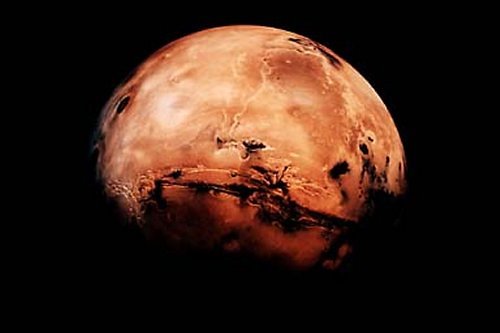Imagine standing on a crimson plain, a gentle breeze tugging at your suit, staring up at a sky that’s not quite blue and not quite red. The idea of transforming Mars into a living, breathing world almost feels like science fiction — but it’s a possibility scientists are daring to dream about. Yet, behind every bold vision lies a web of challenges that would make even the bravest explorer pause. Terraforming Mars isn’t just a technical puzzle; it’s a test of human ingenuity, patience, and perhaps a little madness. Why is turning a frozen, airless planet into a new Earth so complicated? Let’s dig in.
The Allure of the Red Planet
Mars has captured imaginations for centuries, from ancient astronomers to modern-day dreamers. It sits as our celestial next-door neighbor, offering a tantalizing possibility: a second home for humanity. Its day is just a bit longer than ours, and its seasons echo those on Earth, though stretched out and colder. When we look up at Mars, we’re not just seeing a distant world; we’re seeing a mirror for our hopes, fears, and boundless curiosity. But wanting to call Mars home is one thing — making it habitable is a whole different beast.
What Does Terraforming Actually Mean?
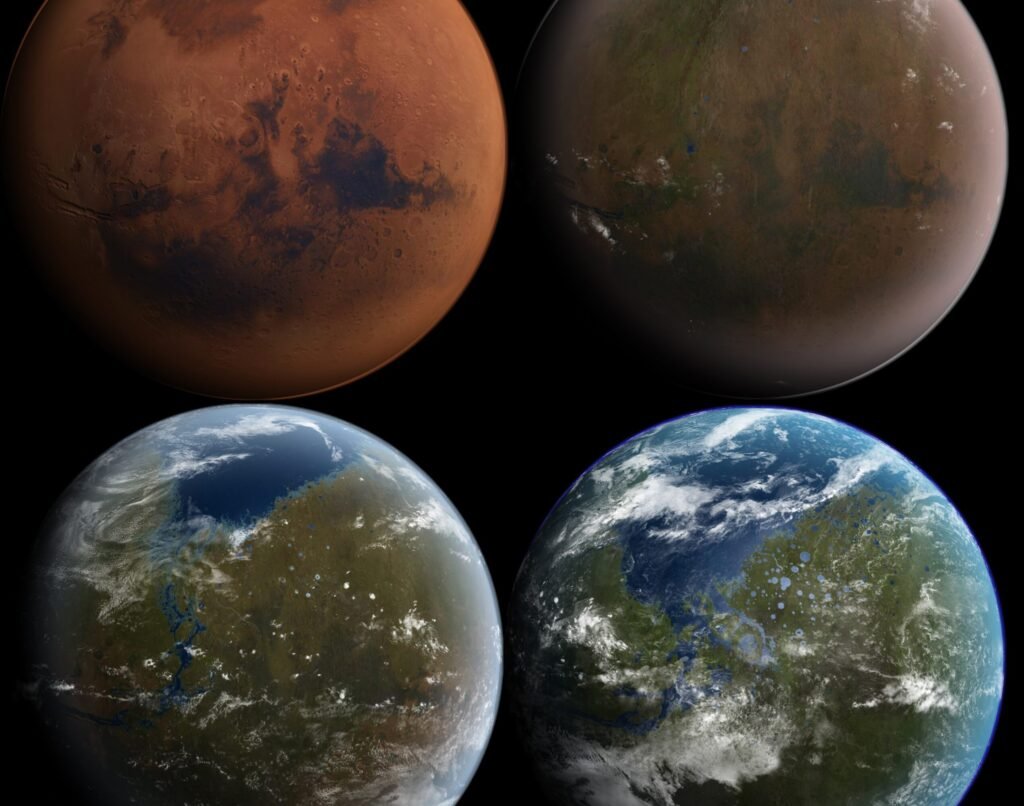
Terraforming is the science — or art — of reshaping a planet’s environment to make it more like Earth. This means more than just plopping down a few greenhouses. It’s about thickening the atmosphere, warming the surface, and making water flow. For Mars, this would require a mind-boggling combination of engineering, chemistry, and sheer willpower. It’s not just about survival, but about thriving. The scale is so vast that even the word “ambitious” feels too small.
Mars’ Harsh Environment: A Hostile Frontier
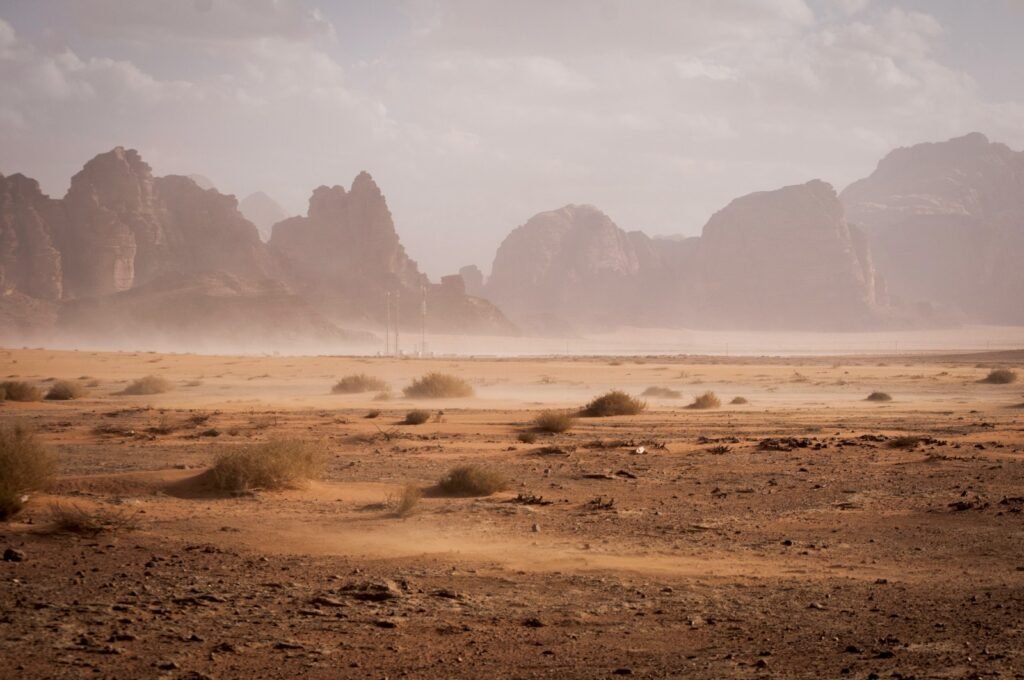
Mars is stunning, but it’s not exactly welcoming. Its atmosphere is about 100 times thinner than Earth’s and made mostly of carbon dioxide. Temperatures can swing from a mild summer’s day to Antarctic deep freeze in a matter of hours. Solar radiation bombards the surface without mercy, and dust storms can envelope the planet for months. The planet’s gravity is only about one-third of Earth’s, which brings its own set of headaches for human health and plant growth. Everything about Mars screams “keep out,” and yet, here we are, plotting ways to knock on its front door.
The Challenge of Creating an Atmosphere
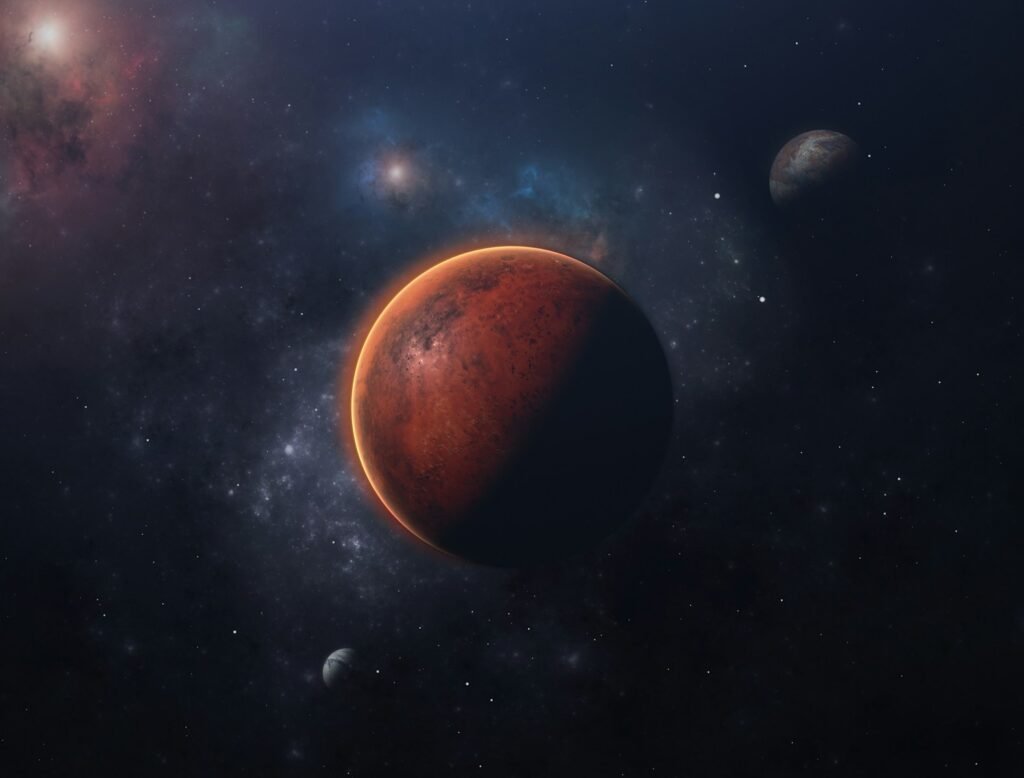
To breathe comfortably on Mars, we’d need to build an atmosphere thick enough to trap heat and protect us from radiation. Current ideas range from releasing greenhouse gases to deploying gigantic mirrors to focus sunlight. But there’s a catch: Mars lost most of its atmosphere long ago, thanks to its weak magnetic field and low gravity. Even if we managed to thicken it, the planet might just lose it all over again. It’s like trying to fill a bathtub with the drain open.
The Importance of Warming the Planet
Right now, Mars is a deep freezer. Average temperatures hover around minus 80 degrees Fahrenheit (minus 62 degrees Celsius), and water mostly exists as ice or vapor. Warming up the planet is essential for liquid water — the lifeblood of any ecosystem. Some scientists propose unleashing greenhouse gases like carbon dioxide and methane, hoping for a runaway warming effect. Others suggest nuclear-powered heaters or orbital mirrors. But warming a whole planet isn’t as simple as turning up the thermostat.
Unlocking Water: The Elixir of Life

Without liquid water, forget about lush forests or cozy lakeside cabins. Mars has plenty of water in the form of ice, especially at its poles and beneath the surface. Melting this ice and keeping it as liquid presents a huge challenge. Mars’ low pressure means water wants to evaporate or freeze instantly. To keep it flowing, we’d need both a thicker atmosphere and higher temperatures. Even if we could create lakes and rivers, they might quickly disappear — lost to space or seeping into the ground.
Generating Oxygen: Breathing Easy Is Hard
Oxygen is surprisingly rare on Mars. The thin air is almost all carbon dioxide, and there’s little free oxygen for humans or animals. Creating breathable air would mean splitting CO2 or mining oxygen from Martian rocks and ice. This could involve vast networks of machines called MOXIE units (like the one tested by NASA’s Perseverance rover), or genetically engineered plants designed to thrive in harsh conditions. Producing enough oxygen for millions of people? That’s a project that could take centuries.
Radiation: The Invisible Enemy
Unlike Earth, Mars lacks a strong magnetic field to shield its surface from cosmic and solar radiation. This makes the Red Planet a dangerous place for life. Any terraforming plan would need to consider how to protect future Martians — perhaps by thickening the atmosphere, building underground habitats, or even installing artificial magnetic shields. Radiation is a silent, ever-present threat, and there’s no easy fix.
Soil That Won’t Grow a Thing
Martian soil, or regolith, looks like dirt but behaves more like a toxic cocktail. It contains perchlorates — chemicals that are harmful to humans and plants alike. The soil also lacks organic material, making it a terrible medium for crops. Terraforming would mean detoxifying the soil, adding nutrients, and perhaps importing Earth microbes to kickstart a new ecosystem. It’s like trying to grow a garden in concrete laced with bleach.
Mars’ Gravity: An Unsolved Puzzle
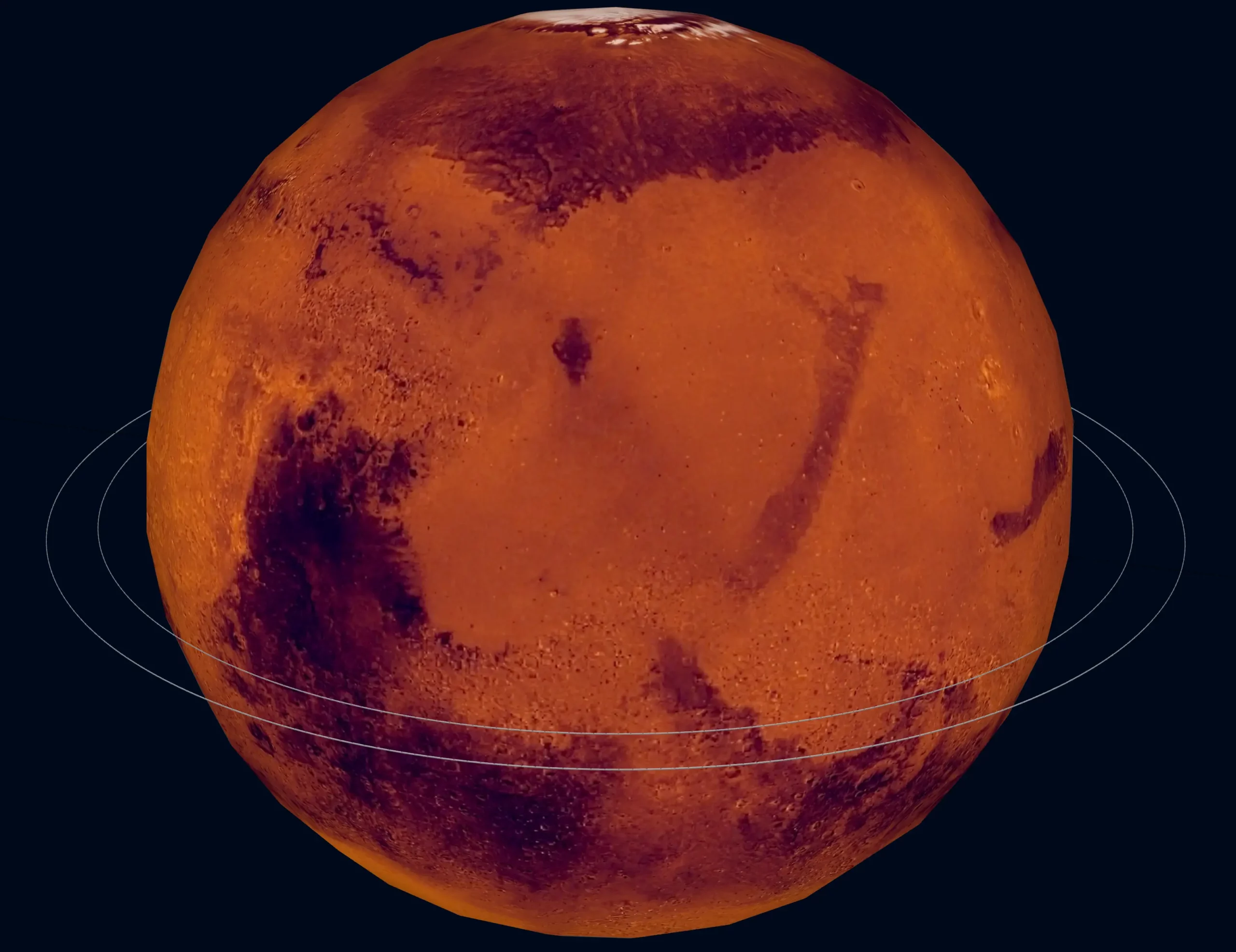
Mars’ gravity is about 38% that of Earth. This might sound fun — think of the Olympic high jumps! — but it poses serious problems. Human bodies evolved for Earth’s gravity, and long-term exposure to lower gravity could weaken bones, muscles, and even hearts. Plants might also struggle to grow upright. There’s no way to change a planet’s gravity, so we’d need to adapt ourselves and our technologies.
Timeframes: Generations in the Making
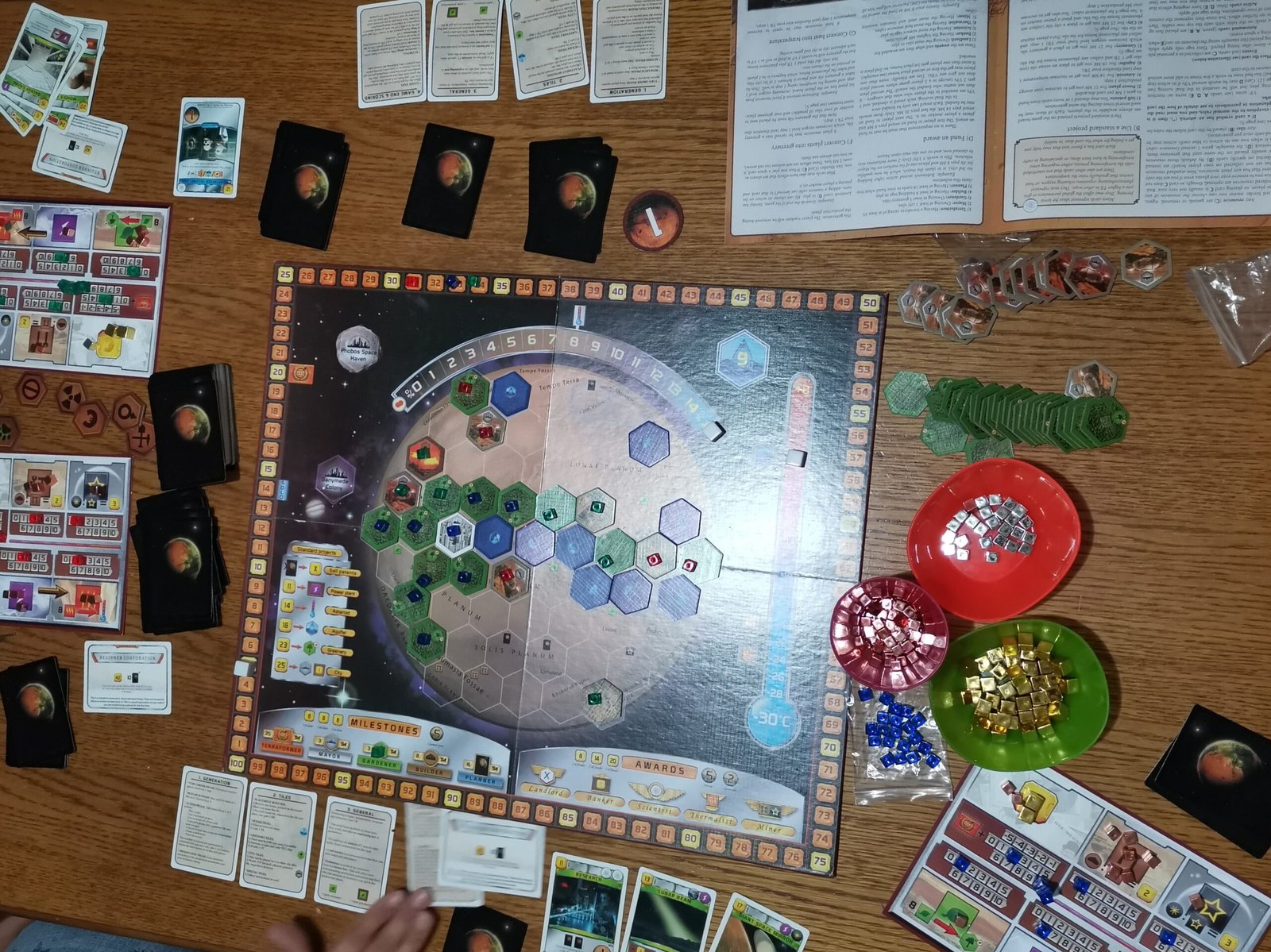
Terraforming isn’t a quick fix. Even the most optimistic estimates suggest it would take centuries — or even millennia — to make Mars truly habitable. Creating an atmosphere, warming the planet, and building ecosystems are all slow, gradual processes. The people who start the project might never see its completion. Terraforming Mars is a marathon, not a sprint.
Technological Hurdles: Tools We Don’t Yet Have
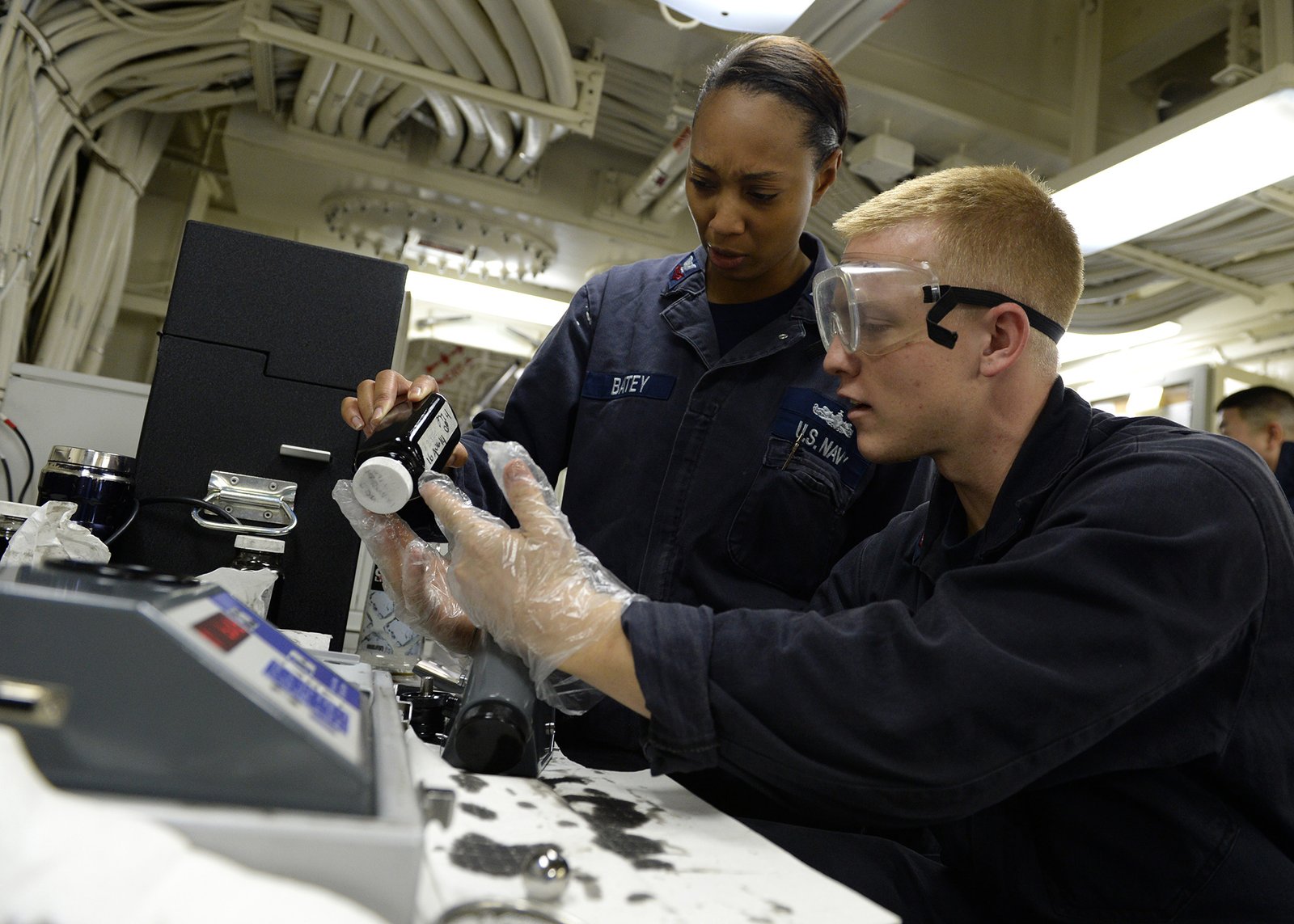
Some of the machines and techniques needed for terraforming simply don’t exist yet. We’d need massive factories to churn out greenhouse gases, robots to build infrastructure, and perhaps even space-based solar reflectors bigger than cities. The scale of engineering required is beyond anything humanity has ever attempted. Progress depends not just on what we can do now, but on what we might invent tomorrow.
Ecological Unknowns: Life Finds a Way — Or Does It?
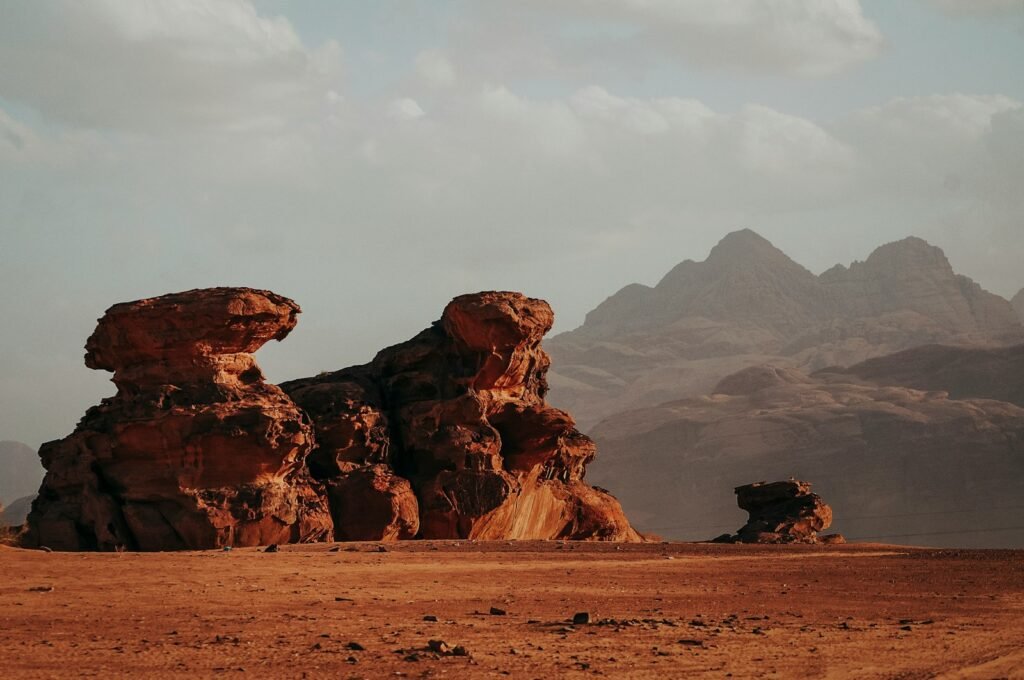
Introducing life to Mars isn’t as simple as tossing seeds into the wind. We’d need to carefully choose hardy, genetically modified organisms — perhaps lichen, algae, or bacteria — that can survive Mars’ harsh conditions and help transform its environment. But ecosystems are notoriously complex and unpredictable. What if a super-bug outcompetes everything else? What if life won’t take hold at all? Mars might surprise us, for better or worse.
Ethical Dilemmas: Should We Change Another World?
Terraforming Mars raises tough ethical questions. Do we have the right to remake another planet in our image? What if Mars already harbors simple life, hidden beneath its surface? Some argue we should focus on protecting and restoring Earth rather than tinkering with another world. Others see Mars as a lifeboat — a chance to ensure humanity’s survival. The debate is as fierce as it is fascinating.
Economic Costs: Billions, Trillions, or More?
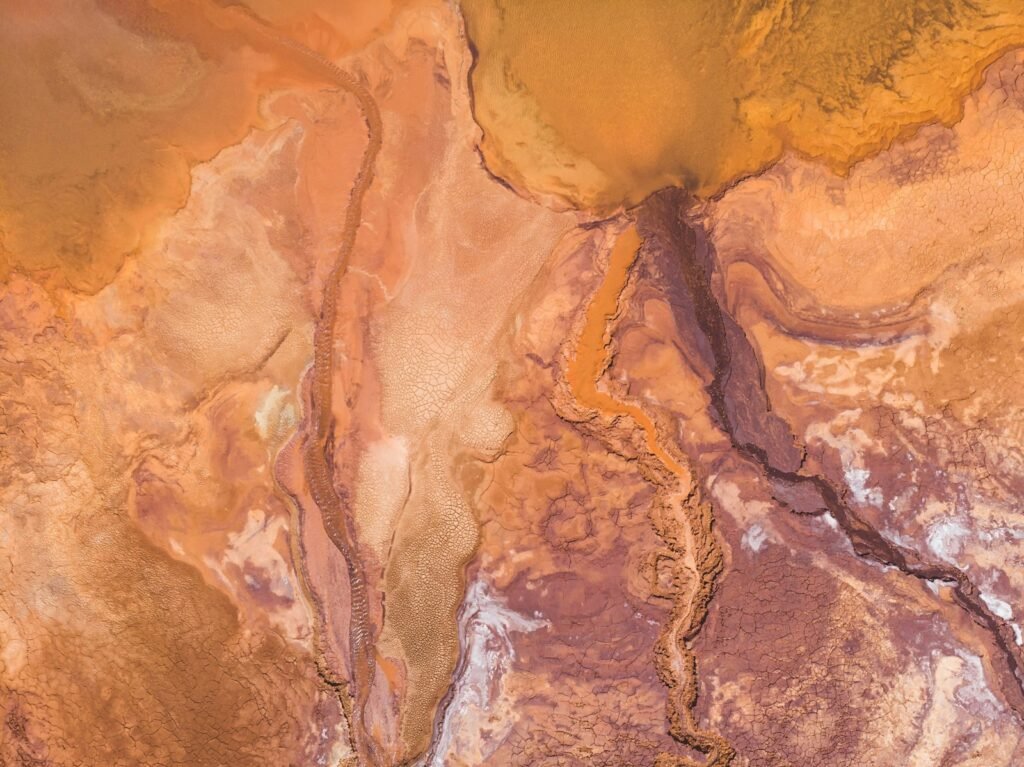
Transforming Mars would cost an unimaginable sum. Launching materials from Earth, building factories, and maintaining a human presence would require resources on a scale we’ve never attempted. It would take the cooperation of nations, industries, and generations. The price tag might seem outrageous — until you consider the cost of staying Earth-bound forever.
International Cooperation: One Planet, Many Stakeholders
No single country or company can terraform Mars alone. Achieving such a colossal goal would demand unprecedented global teamwork. Laws, treaties, and agreements would need to be hammered out. Who gets to decide how Mars is changed? Who benefits, and who is left out? The story of Mars could become humanity’s greatest test of unity.
Potential Risks: What Could Possibly Go Wrong?
With great ambition comes great risk. Terraforming could unleash unexpected consequences — runaway warming, ecological collapse, or catastrophic accidents. Even small mistakes could have planet-wide effects. On Mars, there’s no safety net, no backup plan. The margin for error is razor-thin, and the stakes couldn’t be higher.
The Role of Robots and Artificial Intelligence
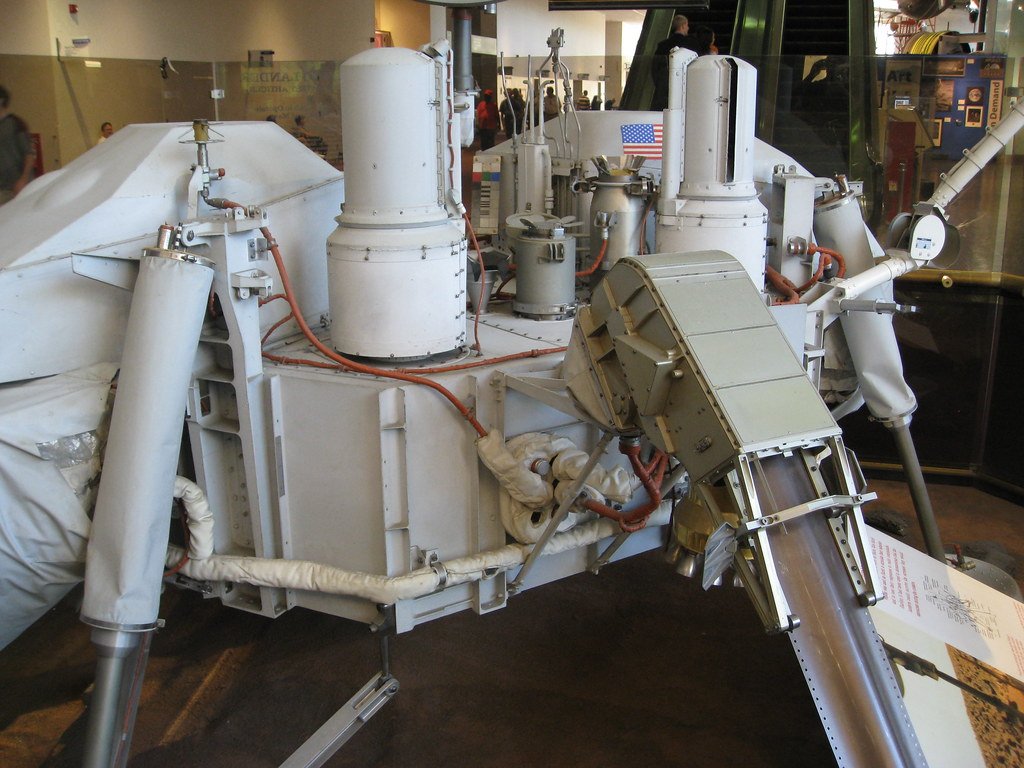
Before humans set foot on Mars in large numbers, robots and AI will be at the front lines. Autonomous machines can build shelters, set up reactors, and even start processing the soil long before we arrive. AI could help manage complex terraforming systems, predict problems, and optimize solutions. It’s a future where human dreams and machine precision go hand in hand.
Visions of a Martian Future
Picture cities under domes, rivers winding through crimson valleys, forests swaying in artificial breezes. Some dreamers imagine Mars as a blank slate for new societies, where mistakes of Earth are not repeated. Others see it as a backup plan for civilization. The truth is, nobody knows exactly what a terraformed Mars would look or feel like. The only certainty is that it would be a world shaped by our courage and creativity.
The Everlasting Human Spirit
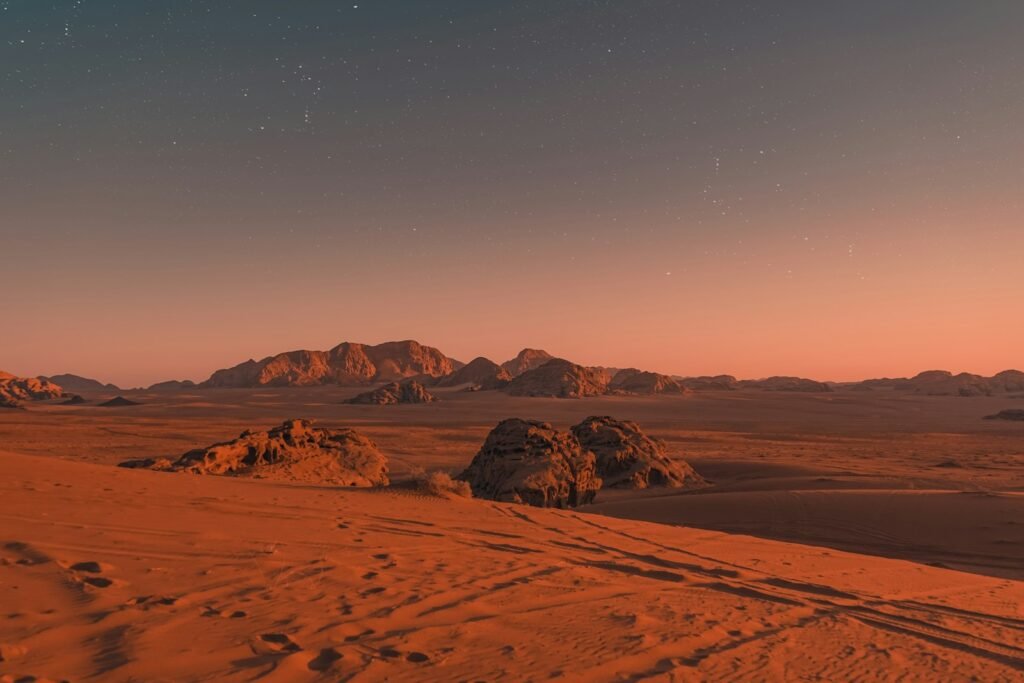
The dream of terraforming Mars is about more than science or engineering — it’s a reflection of our drive to explore, adapt, and survive. It’s the ultimate “why not?” challenge. Turning Mars into a home will test every part of what makes us human: our curiosity, our stubbornness, our hope. As we gaze skyward, we’re reminded that the hardest journeys often lead to the most incredible destinations. Are you ready to imagine what it would take to call another planet home?

